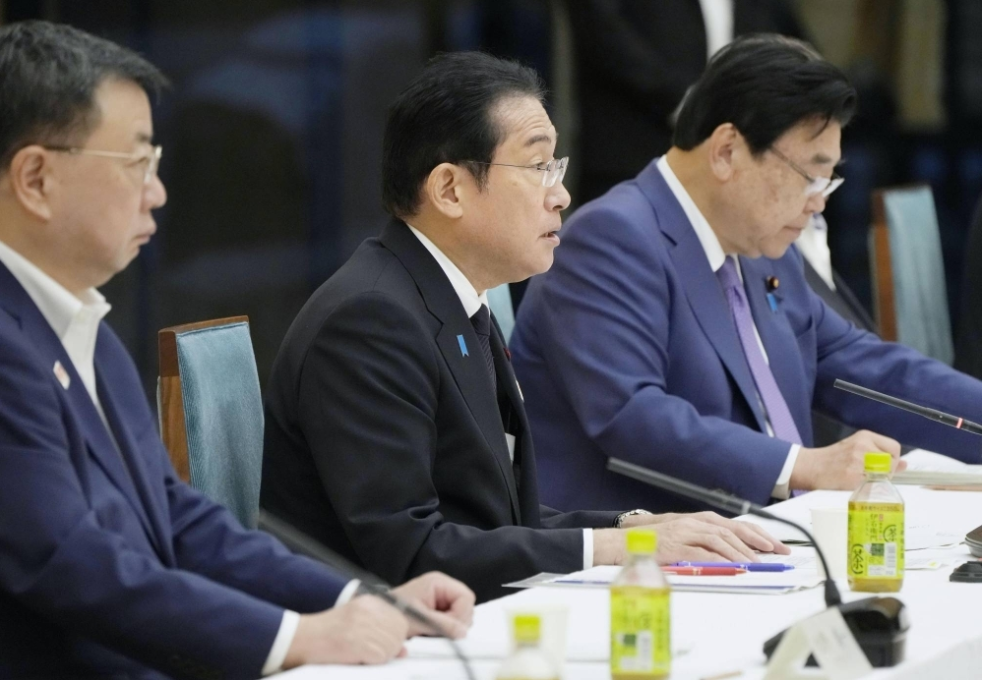
©KYODO
Vocabulary:
- spouse /spouz/
- threshold /THRESH-ohld/
- premium /PREE-mee-uhm/
- diminished /duh-MI-nuhsht/
- deterrent /dih-TUR-uhnt/
[noun] – a person’s husband or wife
The company’s policy regarding benefits for spouses of employees with less than two years of service has been a topic of discussion among the staff.
[noun] – a specific point, level, or limit
After years of hard work, she finally reached the threshold of success she had always dreamed of.
[noun] – an amount of money paid to get insurance
Simon pays a monthly premium for his health insurance coverage.
[adjective] – reduced or decreased in size, amount, or importance
The diminished income has affected the employees’ ability to save for the future.
[noun] – something that discourages or prevents a particular action or behavior
The presence of security cameras acts as a deterrent to potential thieves.
Article reading:
As Japan aspires to raise the minimum wage to ¥1,500 by the mid-2030s, it faces considerable challenges. This endeavor demands an annual wage increase of approximately 3.4% until then, a goal some experts consider “ambitious.” In light of uncertain economic conditions, setting a more relative target might be a more prudent approach, allowing for flexibility in negotiations between labor unions and management.
Discussion Questions:
- Have you or anyone you know experienced significant changes in income due to minimum wage adjustments? If yes, could you share the specific impacts or adjustments made? If not, are there any expectations or concerns about potential income changes with future minimum wage adjustments?
- Have you ever experienced a situation where government policies or economic decisions directly affected your employment or income? If yes, how did those experiences shape your perspective on economic reforms like minimum wage adjustments? If not, can you think of examples from your community or region where such policies have had a direct impact on individuals’ employment or income?
- Do you think setting a specific target for the minimum wage, like your country’s goal of ¥1,500 by the mid-2030s, is an effective approach to address wage stagnation?
- Reflect on the challenges Japan faces in achieving its ambitious minimum wage target. What are some potential economic, social, and political factors that could either support or hinder this endeavor? How might these challenges be addressed or mitigated?
- What additional policies or measures would you suggest to complement the efforts to increase the minimum wage?
Summarization
Describe:
- workforce
- panel
- negotiation
- aspire to
- part-time employee